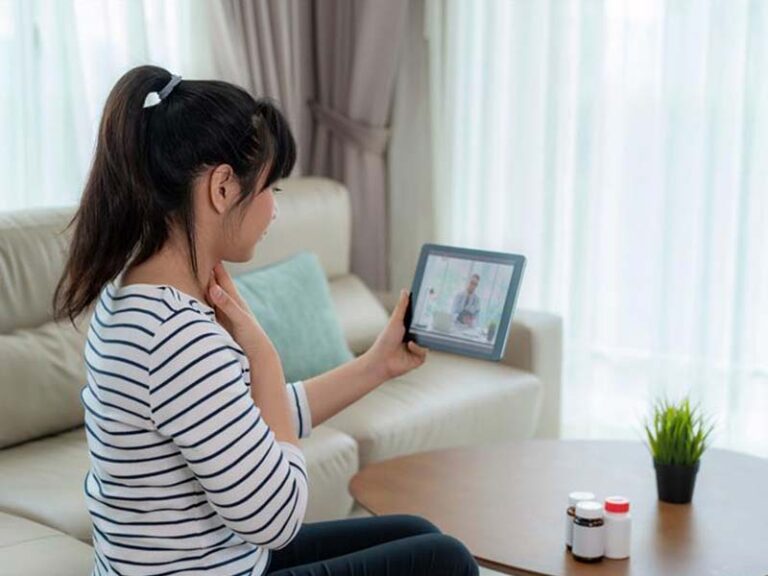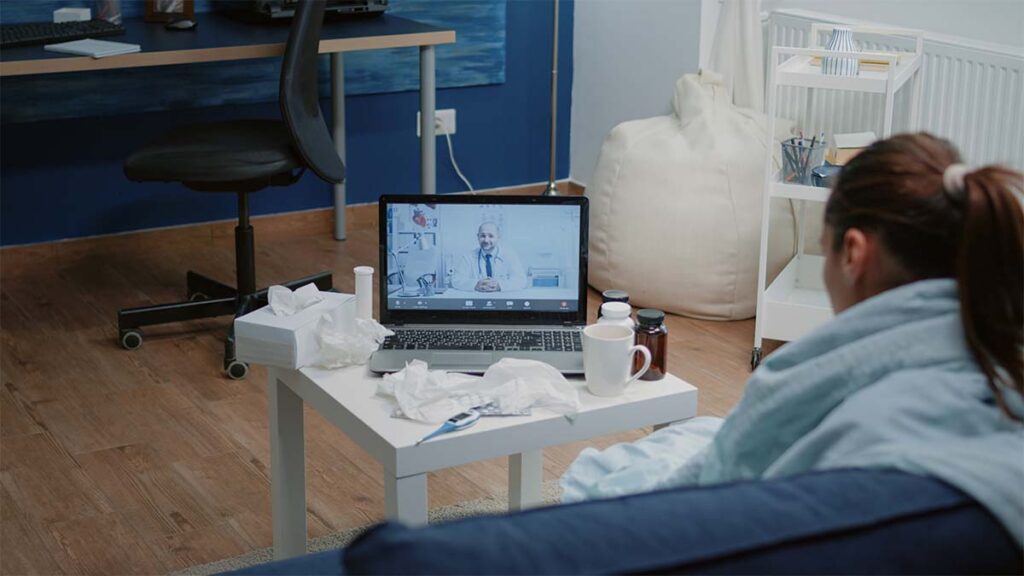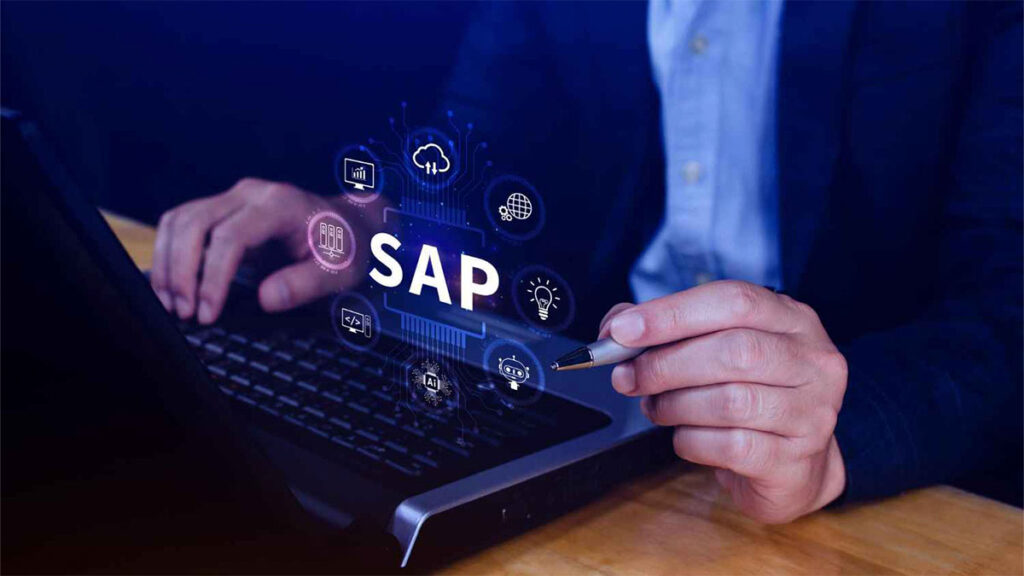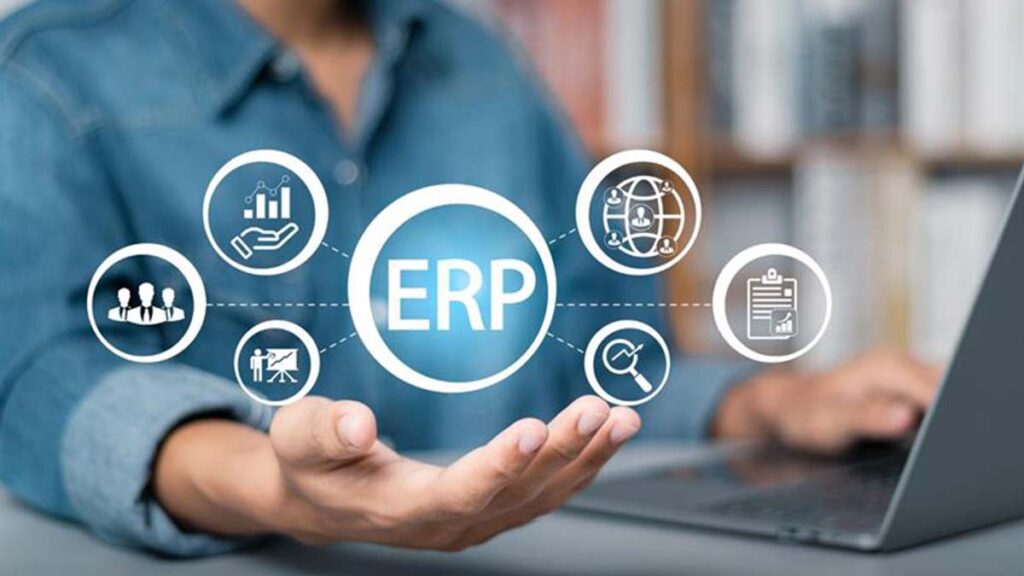Remote Patient Monitoring is changing the way healthcare works by helping doctors manage chronic conditions, post-surgery recovery, and preventive care from a distance. With Artificial Intelligence (AI), telemedicine has become smarter, faster, and more personalized. This blog breaks down how RPM and AI work together to improve patient care, support healthcare providers, and make the whole system more efficient.
What is Remote Patient Monitoring?
RPM is all about keeping track of your health without needing to visit the clinic all the time. Using devices like wearables, mobile apps, or connected platforms, RPM collects data on your vital signs—like blood pressure, glucose levels, heart rate, or oxygen levels. This real-time information helps doctors make better decisions, reduce hospital visits, and improve health outcomes.
The Rise of AI in Telemedicine
AI brings powerful tools like data analysis, predictions, and learning algorithms to healthcare. It processes vast amounts of information, spots trends, and offers insights that make RPM even more effective.

Key Roles of AI in Remote Patient Monitoring
Predictive Analytics and Early Intervention
AI can look at past and current health data to predict potential health issues before they happen. For instance, it can warn a diabetic patient about a possible sugar spike or alert heart patients about irregularities. This helps avoid emergencies and keeps you healthier.
Personalized Healthcare
AI takes a close look at your unique traits—like genetics, lifestyle, and environment—and recommends treatment plans just for you. Think of it as a tailor-made approach to your health.
Automation of Routine Tasks
From scheduling appointments to sending reminders, AI handles repetitive tasks so doctors and nurses can focus more on patient care.
Enhanced Data Accuracy
AI double-checks data from different sources to minimize errors. For example, it can compare readings from a wearable device with past data to catch anything unusual.
Virtual Health Assistants
AI-powered chatbots are like 24/7 helpers. They answer health questions, give tips, and guide you through medical processes, making healthcare more accessible.
Real-World Applications of AI in RPM
Chronic Disease Management
AI helps manage conditions like diabetes and hypertension by continuously monitoring your health and providing alerts for things like medication schedules or changes in condition.
Post-Surgical Recovery
After surgery, AI tracks your recovery by monitoring vital signs and healing progress, alerting caregivers if anything seems off.
Mental Health Support
AI can pick up on signs of mental health issues by analyzing speech patterns, writing, or behaviors. It connects patients with support before problems escalate.
Elderly Care
For seniors, AI tracks risks like falls, monitors heart health, and ensures medications are taken on time, helping them live safely and independently.
Benefits of AI-Powered RPM
- Better Health Outcomes: Continuous monitoring helps manage conditions better and speeds up recovery.
- Cost Savings: By preventing hospital visits, RPM saves money for both patients and providers.
- Greater Access to Care: People in remote areas can get quality care without traveling far.
- Smarter Decisions: AI gives doctors accurate insights to provide better, more precise care.
Challenges in Implementing AI in RPM
- Data Security: Protecting patient data is crucial and requires strong safeguards.
- Adoption Barriers: Not everyone is comfortable with tech, which can slow down its use.
- Integration Issues: AI needs to work smoothly with existing healthcare systems.
- High Costs: Setting up AI systems can be expensive for smaller healthcare facilities.
Future Trends in AI-Driven Telemedicine
- IoT Integration: AI will work with smart devices to create a full-picture view of patient health.
- Advanced Predictions: AI will predict both short-term risks and long-term trends for better care.
- Decentralized Care: With AI, more healthcare will happen in homes or community settings, not just hospitals.
- Ethical AI: Future AI systems will focus on being fair, transparent, and unbiased in healthcare delivery.
Conclusion
AI-powered Remote Patient Monitoring is revolutionising healthcare by making it smarter, faster, and more accessible. From predicting health risks to offering personalized care, AI enhances every part of RPM. While there are challenges to overcome, the potential for AI in telemedicine is huge, promising better healthcare for everyone in the years to come.
About Tek Leaders
Tek Leaders drives innovation with advanced IT solutions like AI-powered Remote Patient Monitoring (RPM), revolutionizing healthcare through continuous monitoring, predictive analytics, and personalized care. Integrated with our cloud and IoT services, we deliver secure, scalable, and efficient operations tailored to your needs. Partner with us to lead the future of digital transformation.




